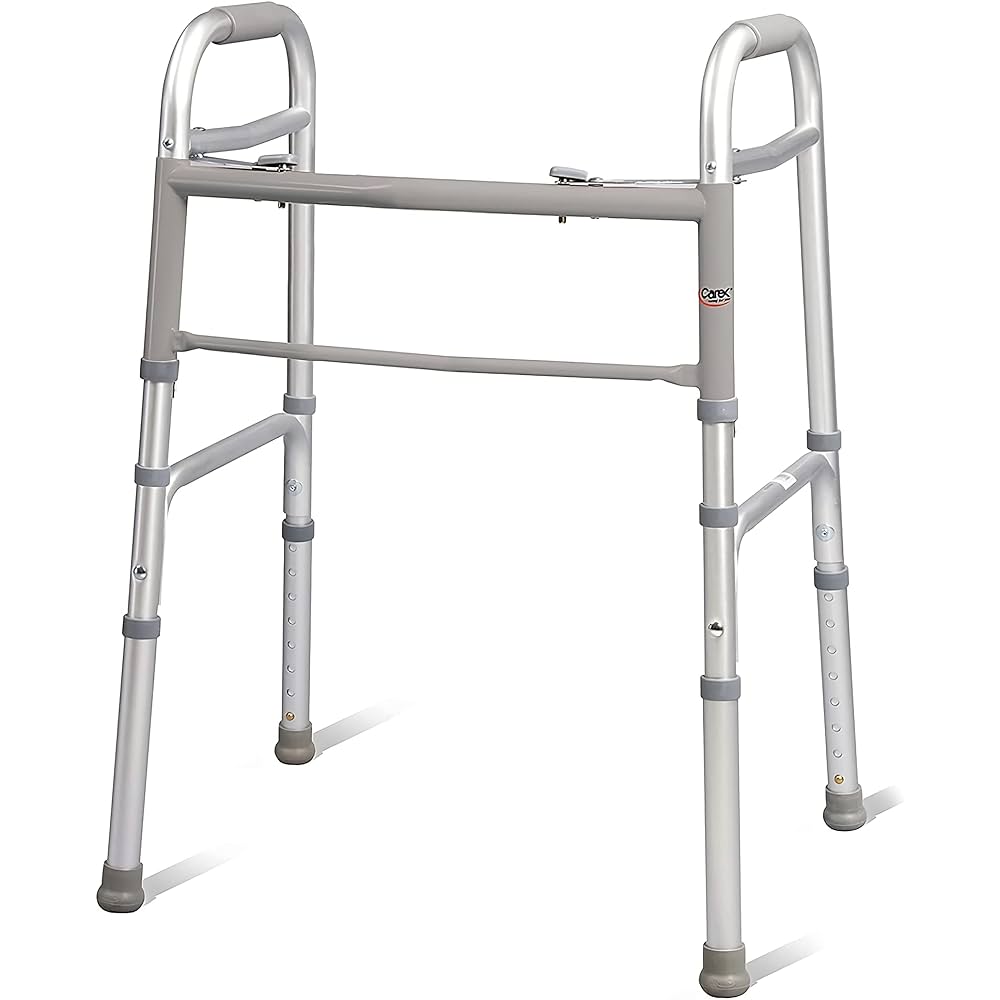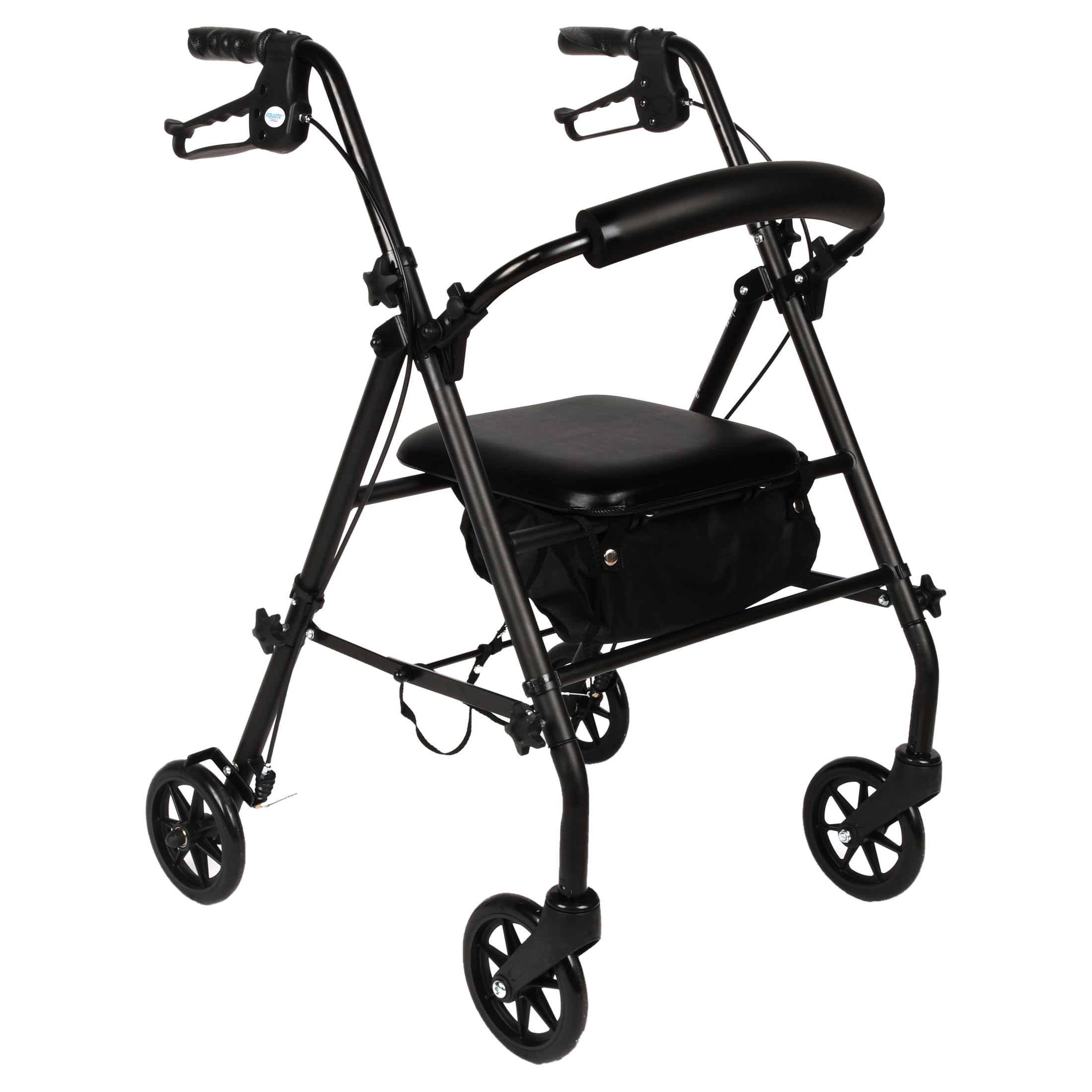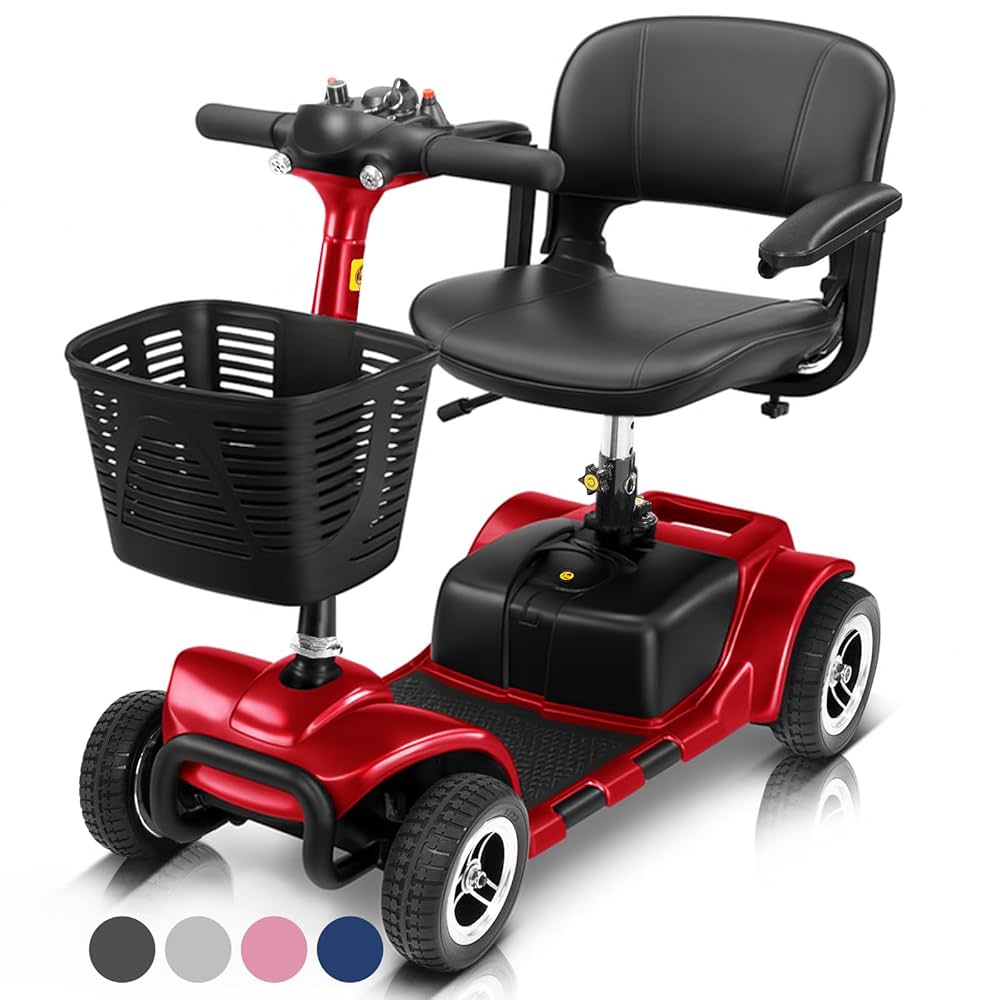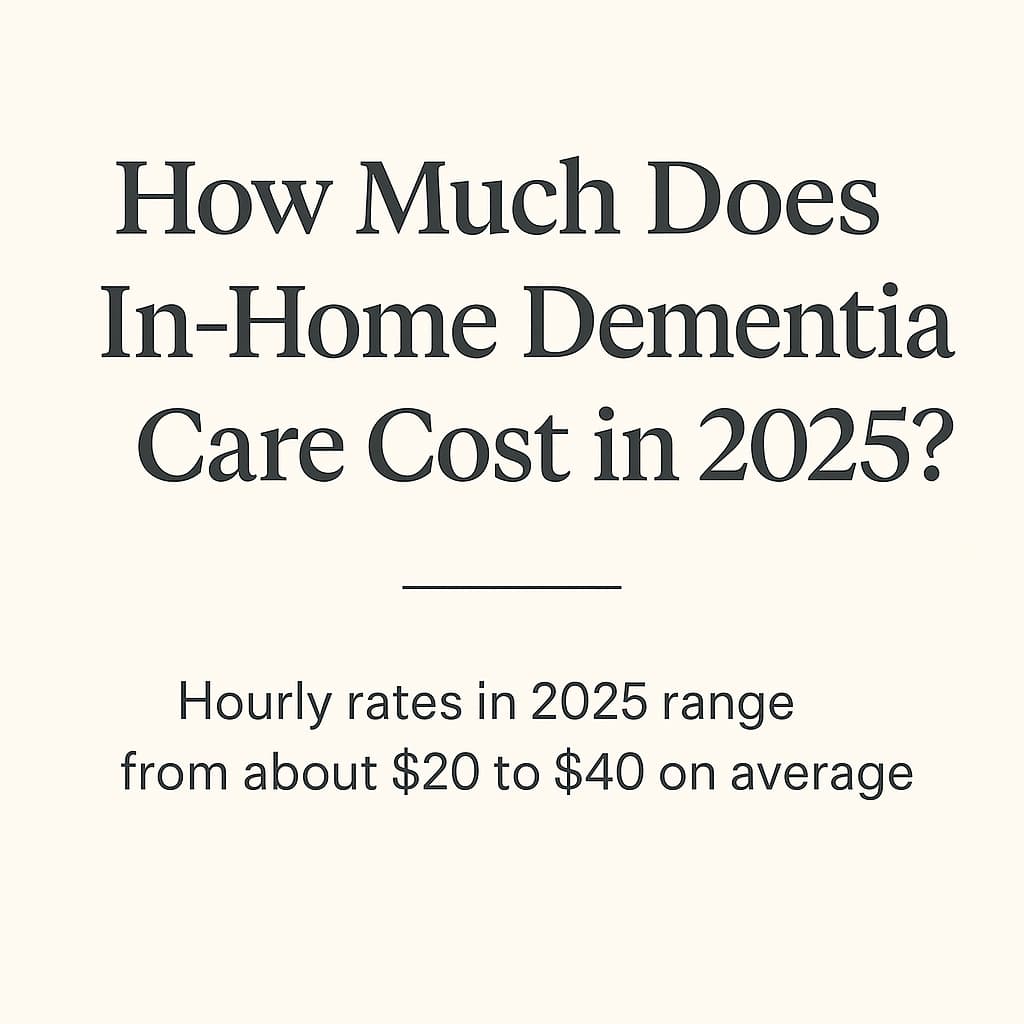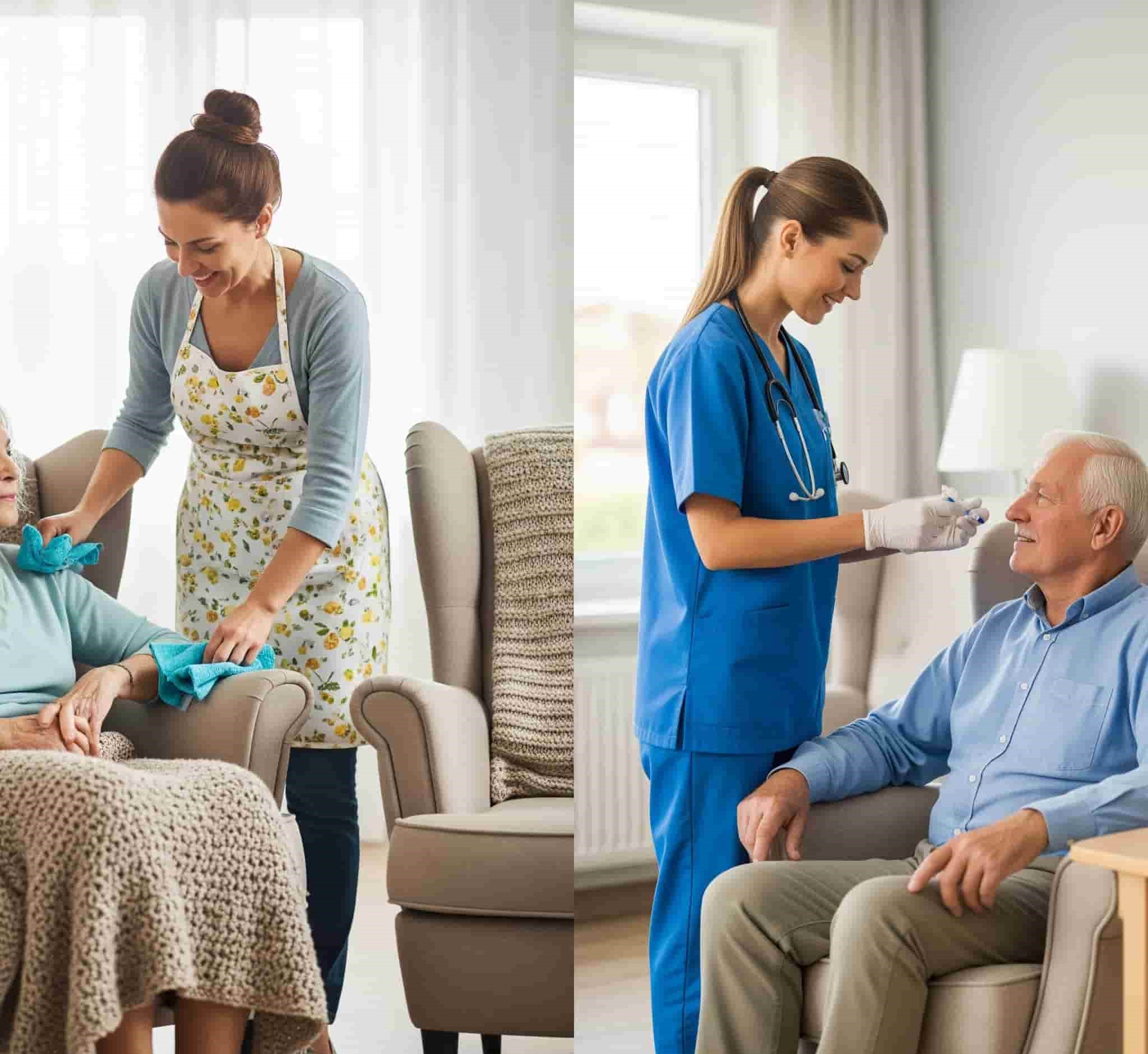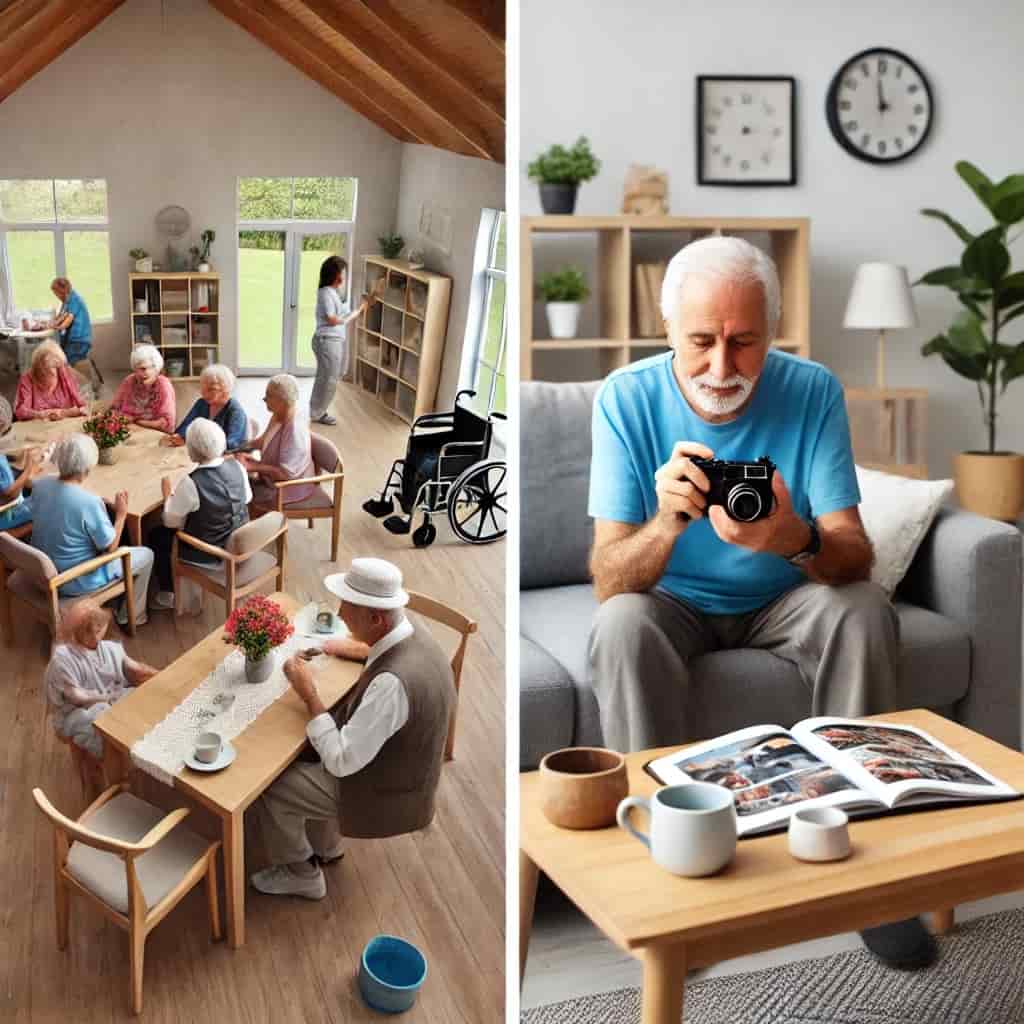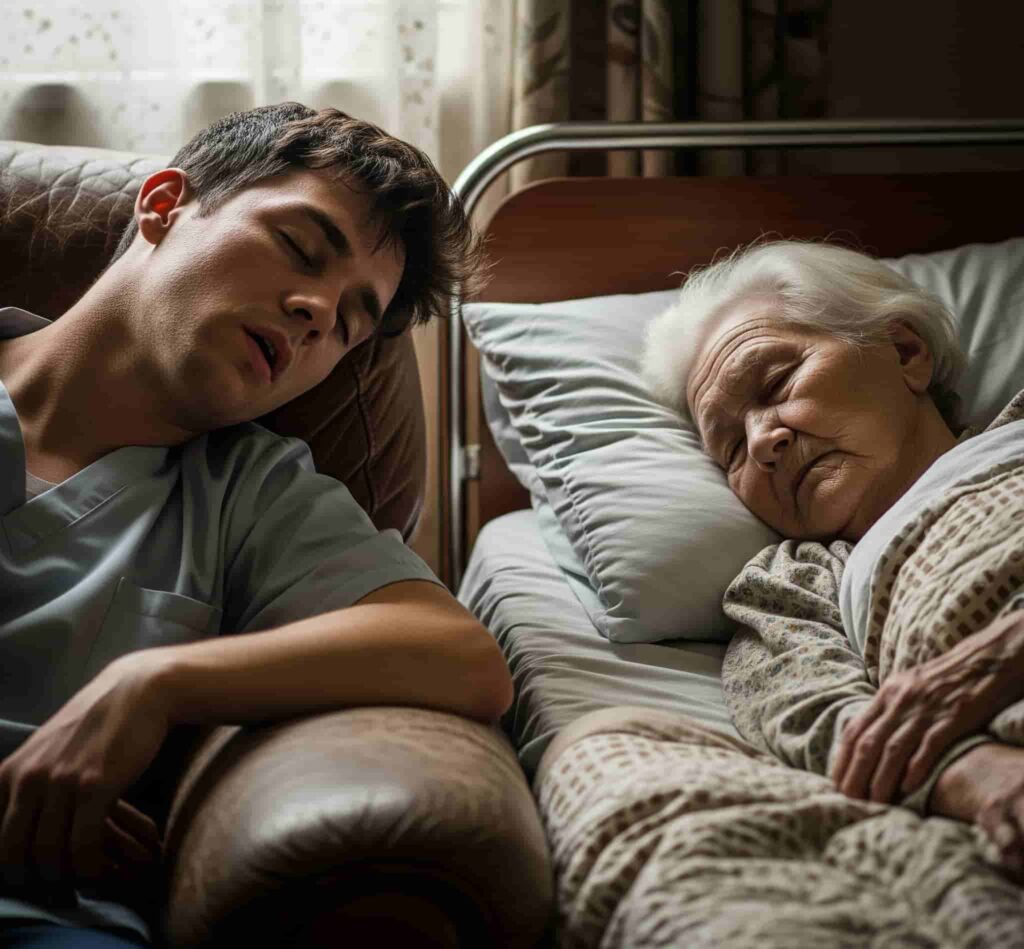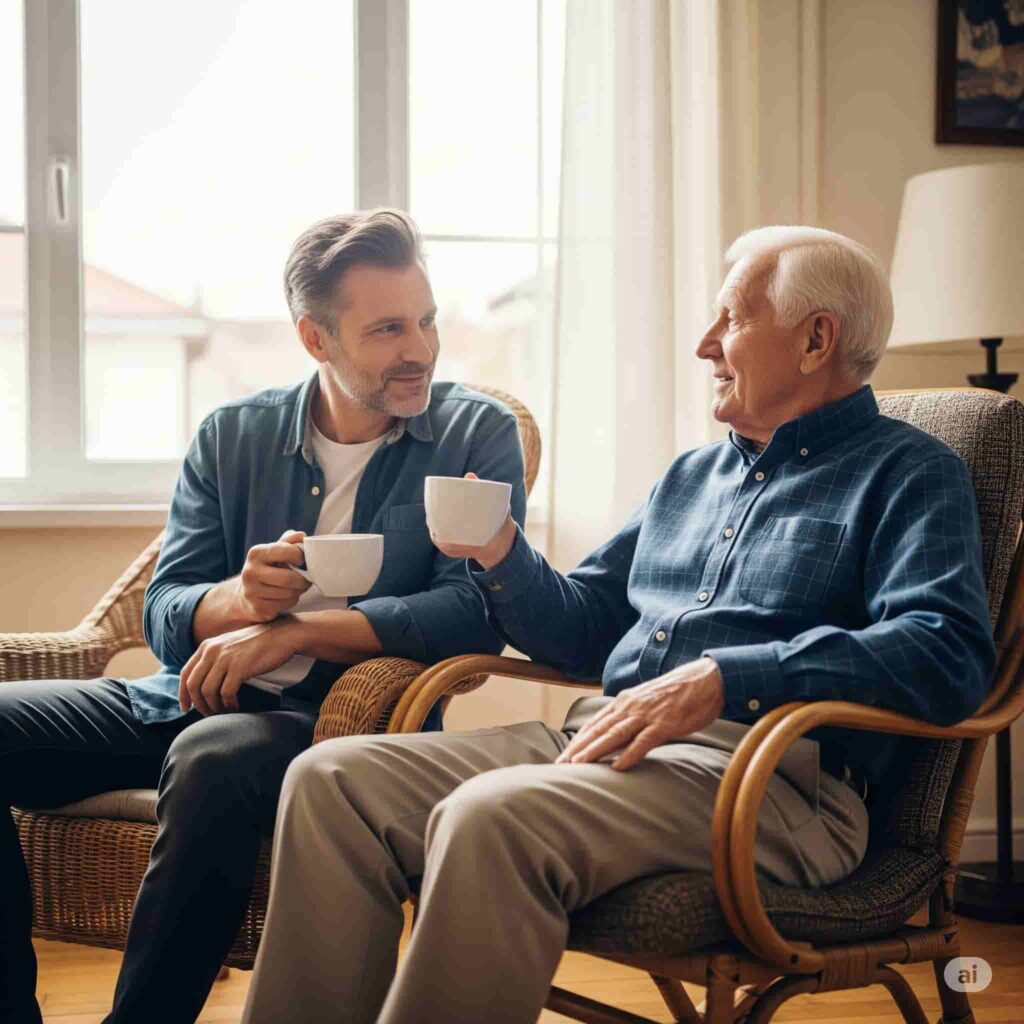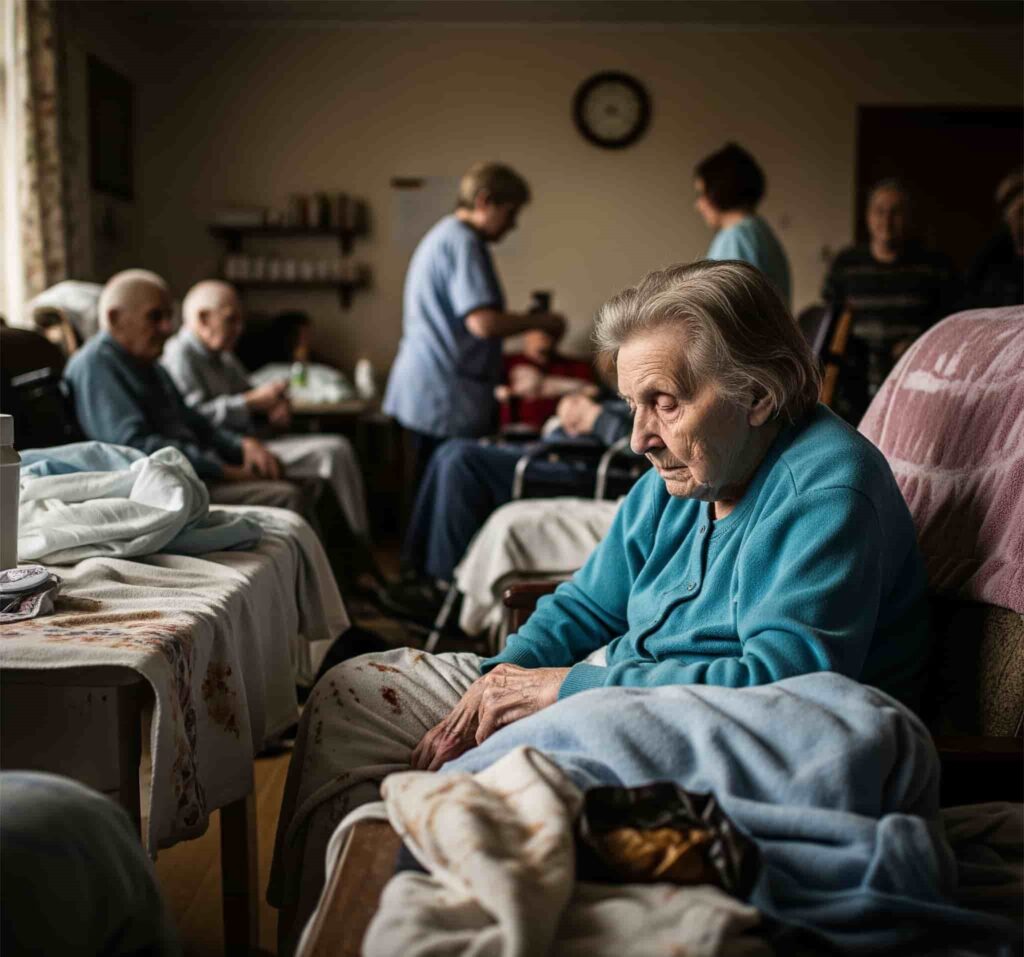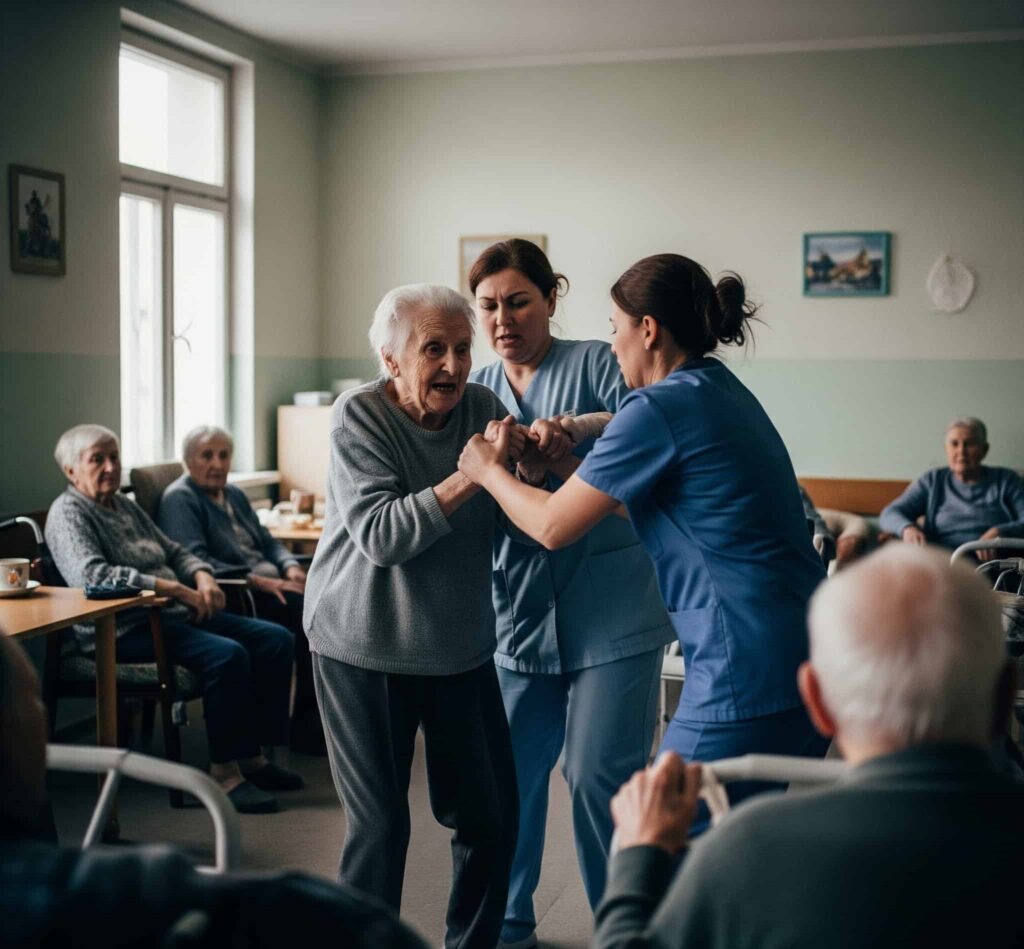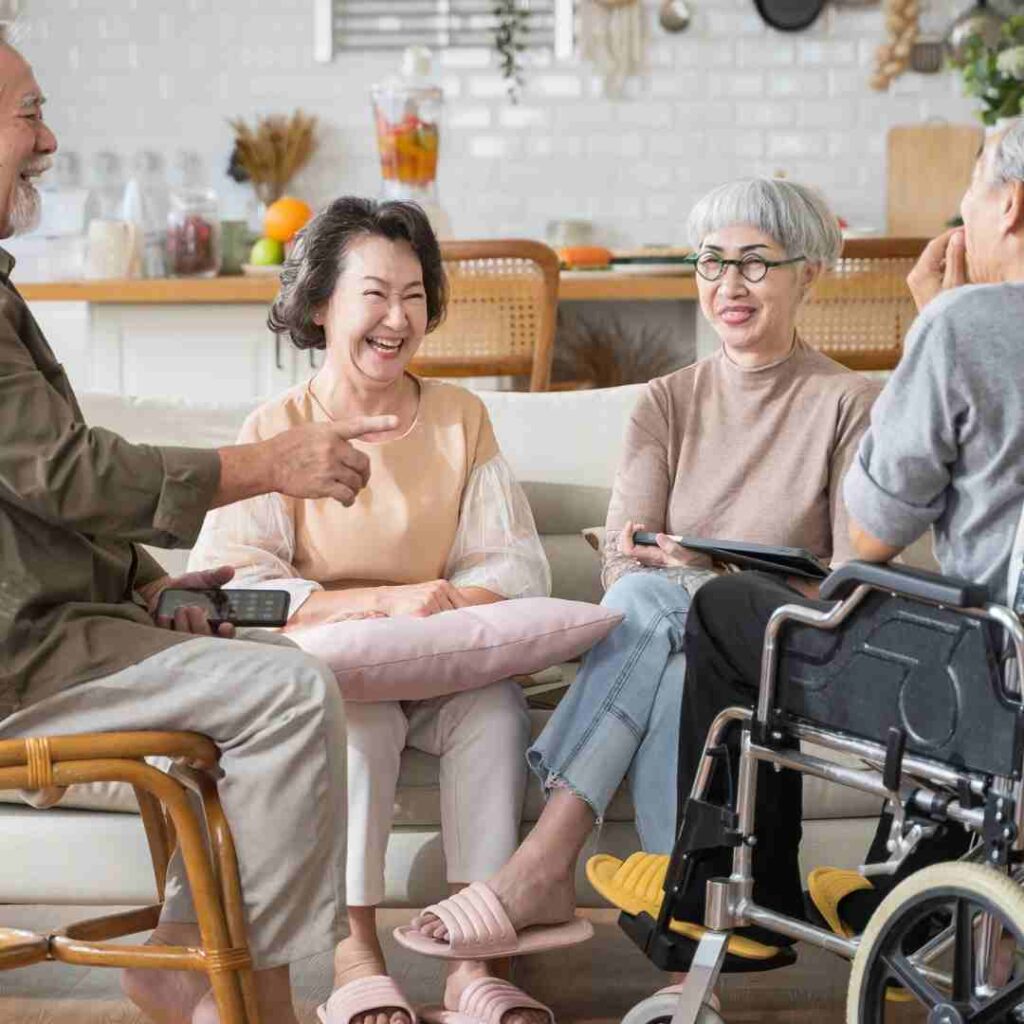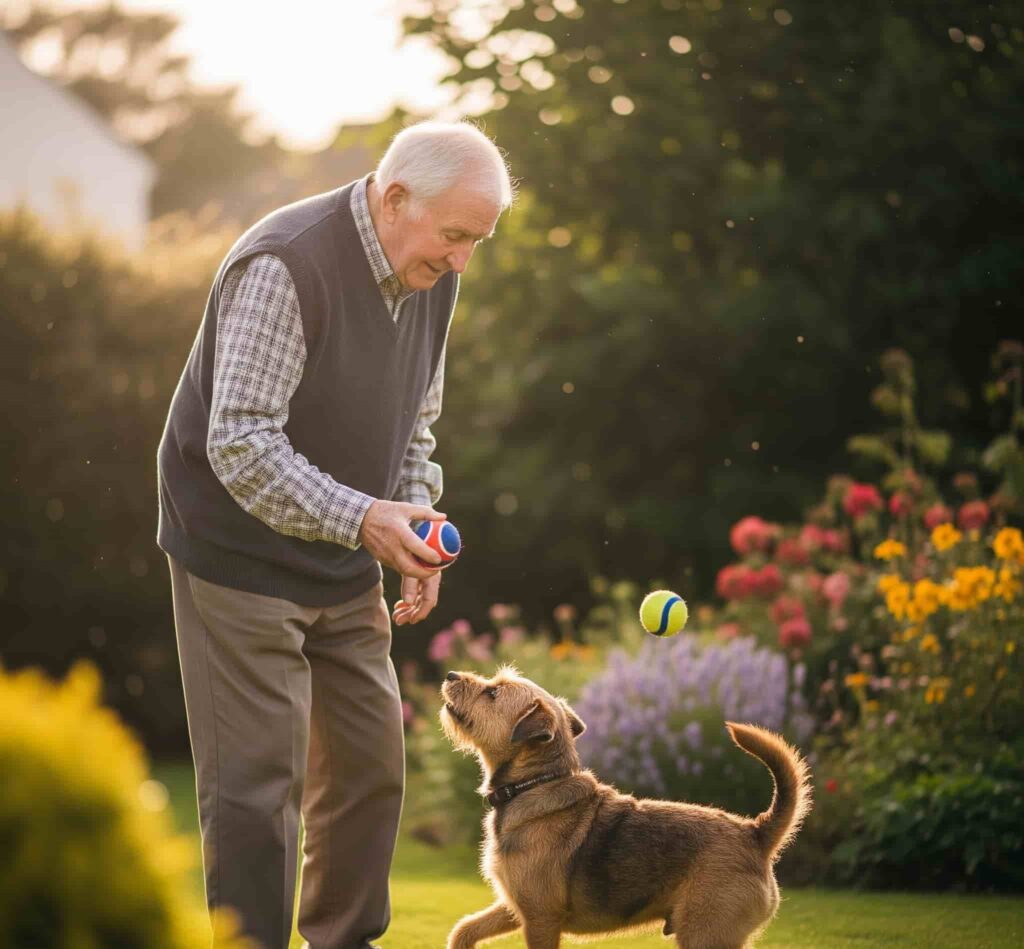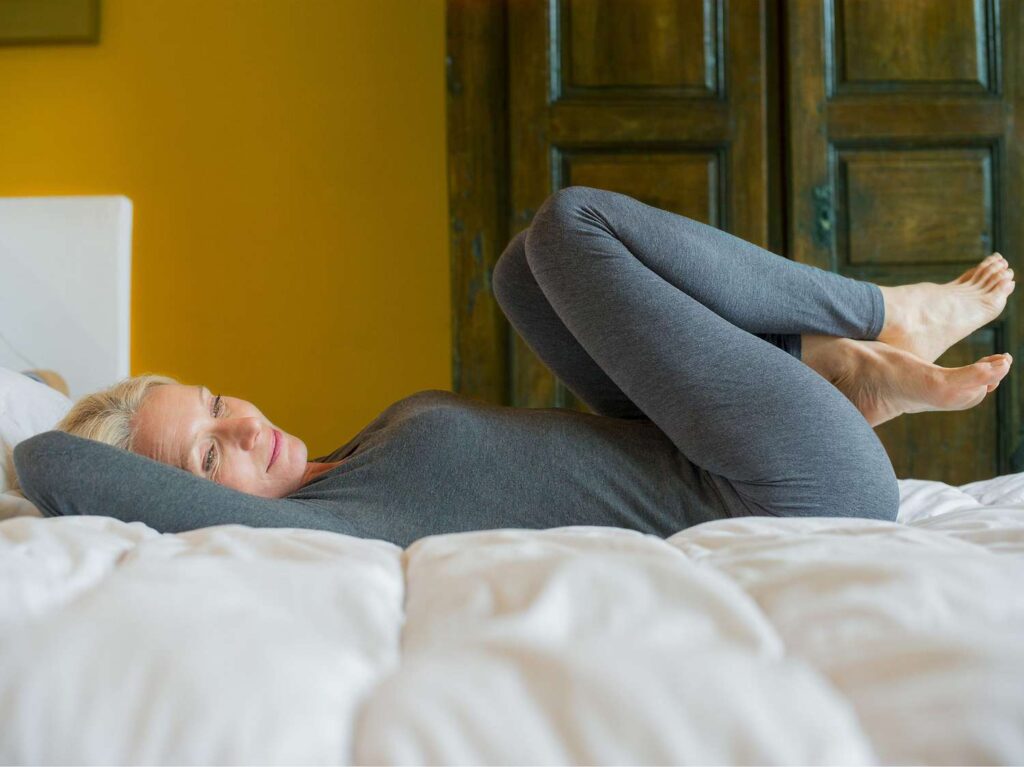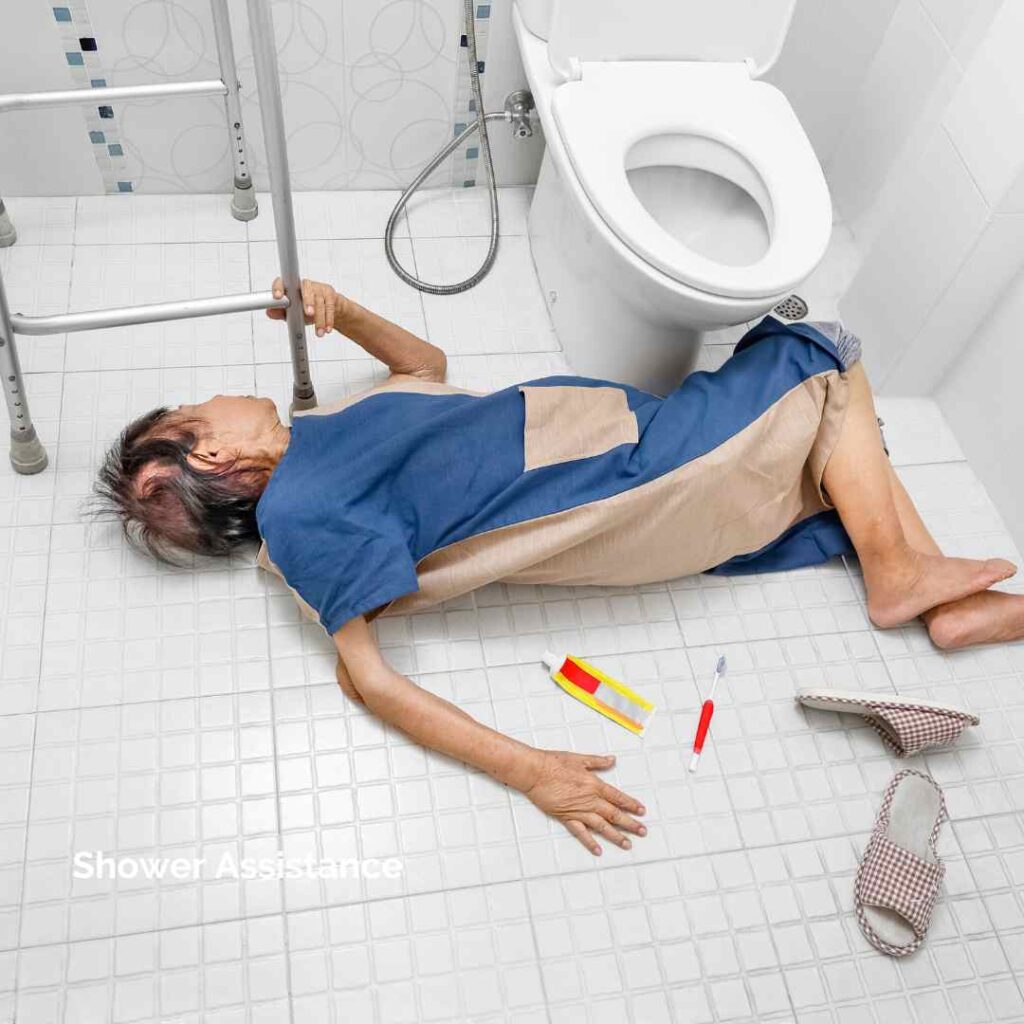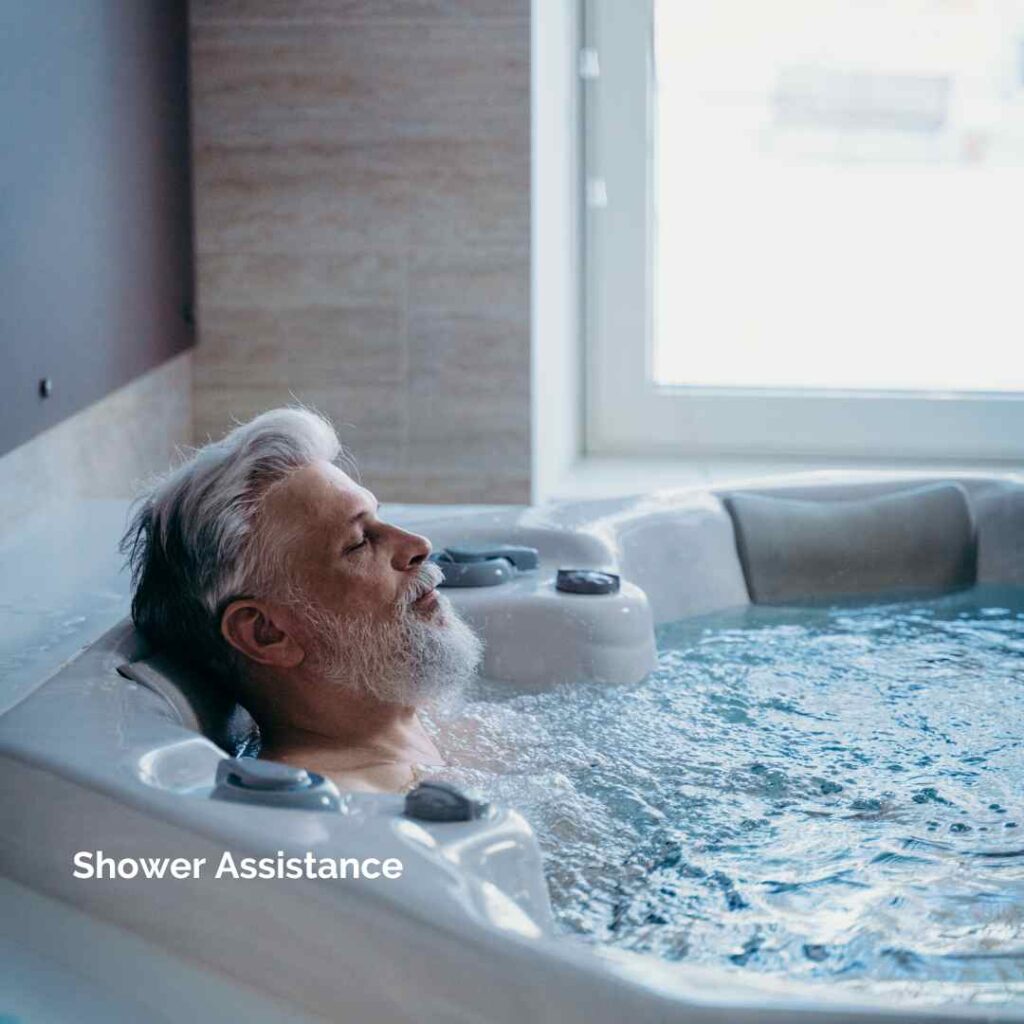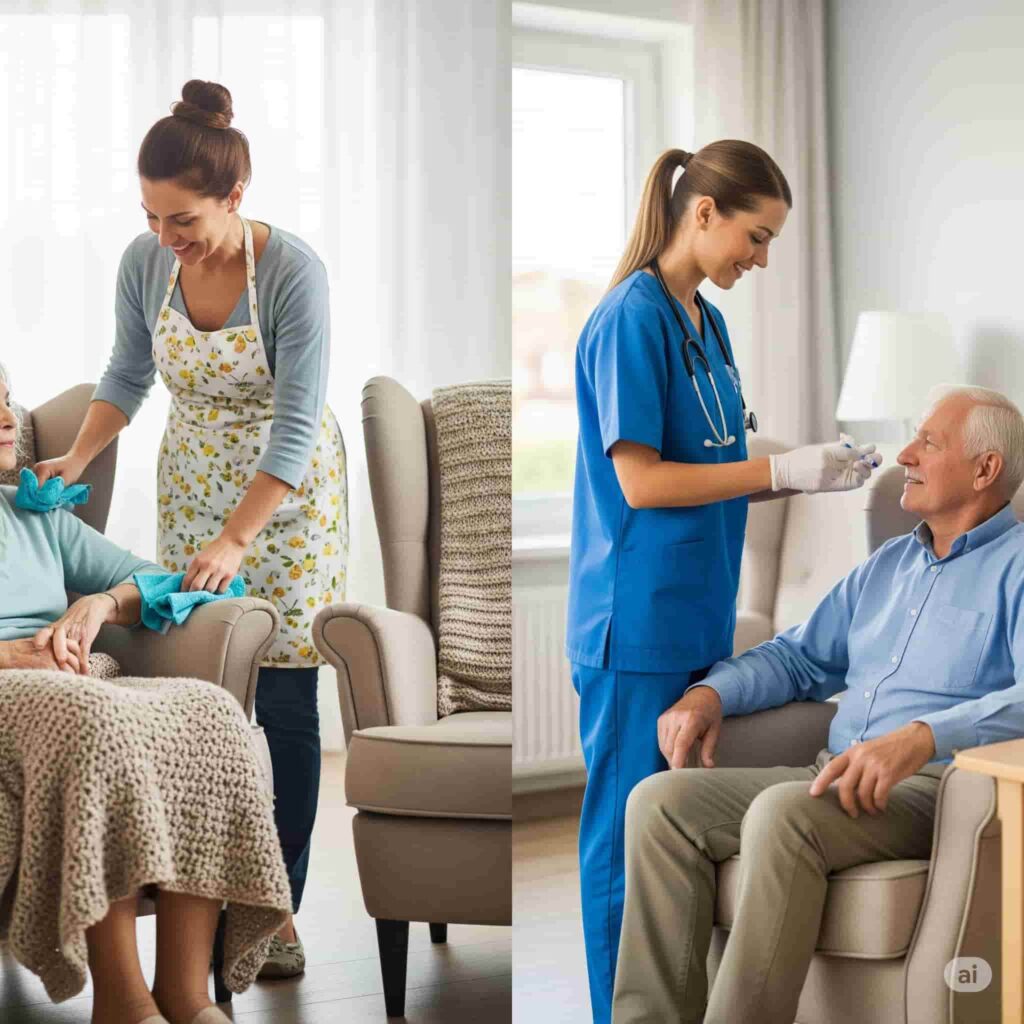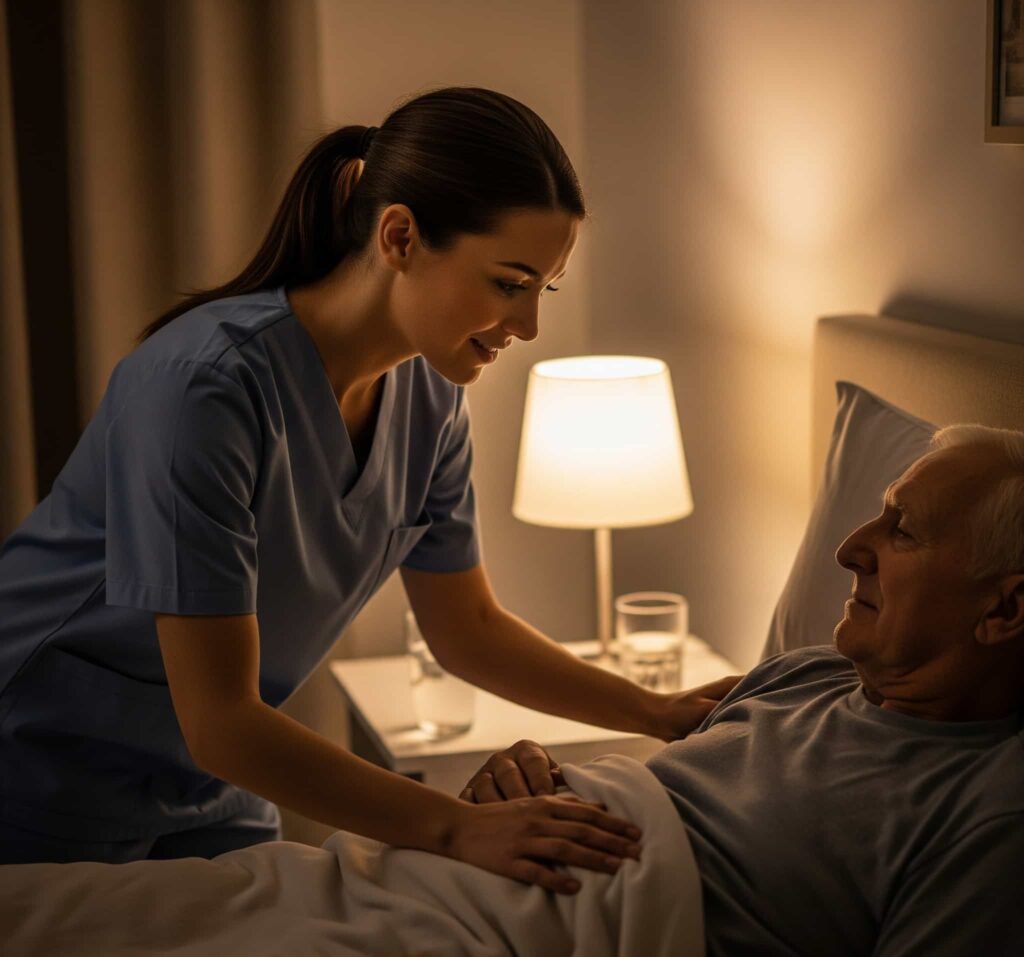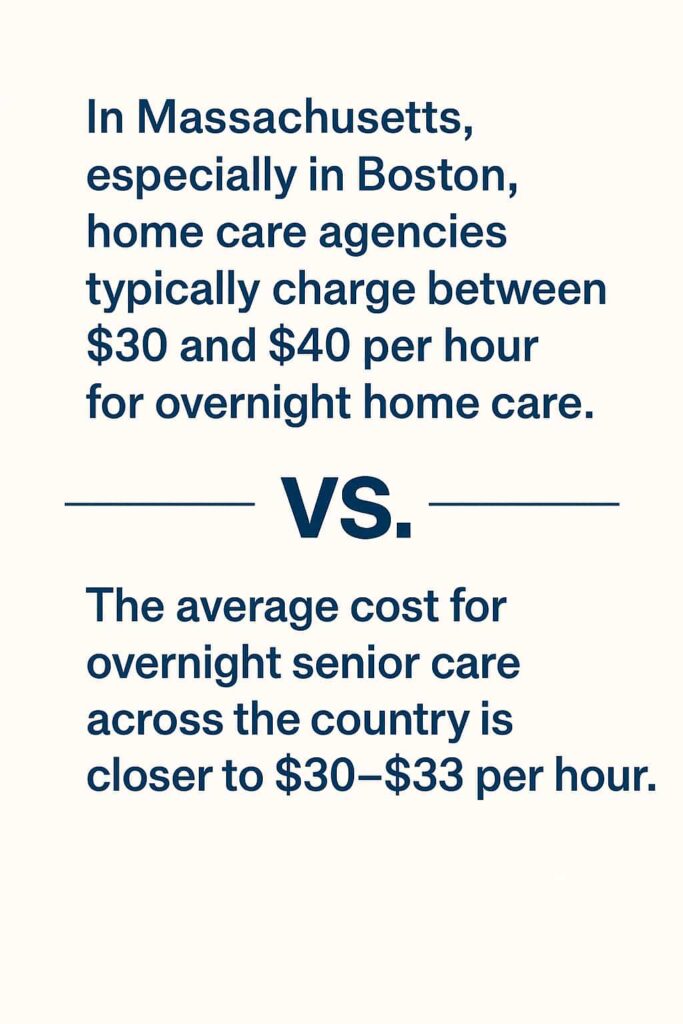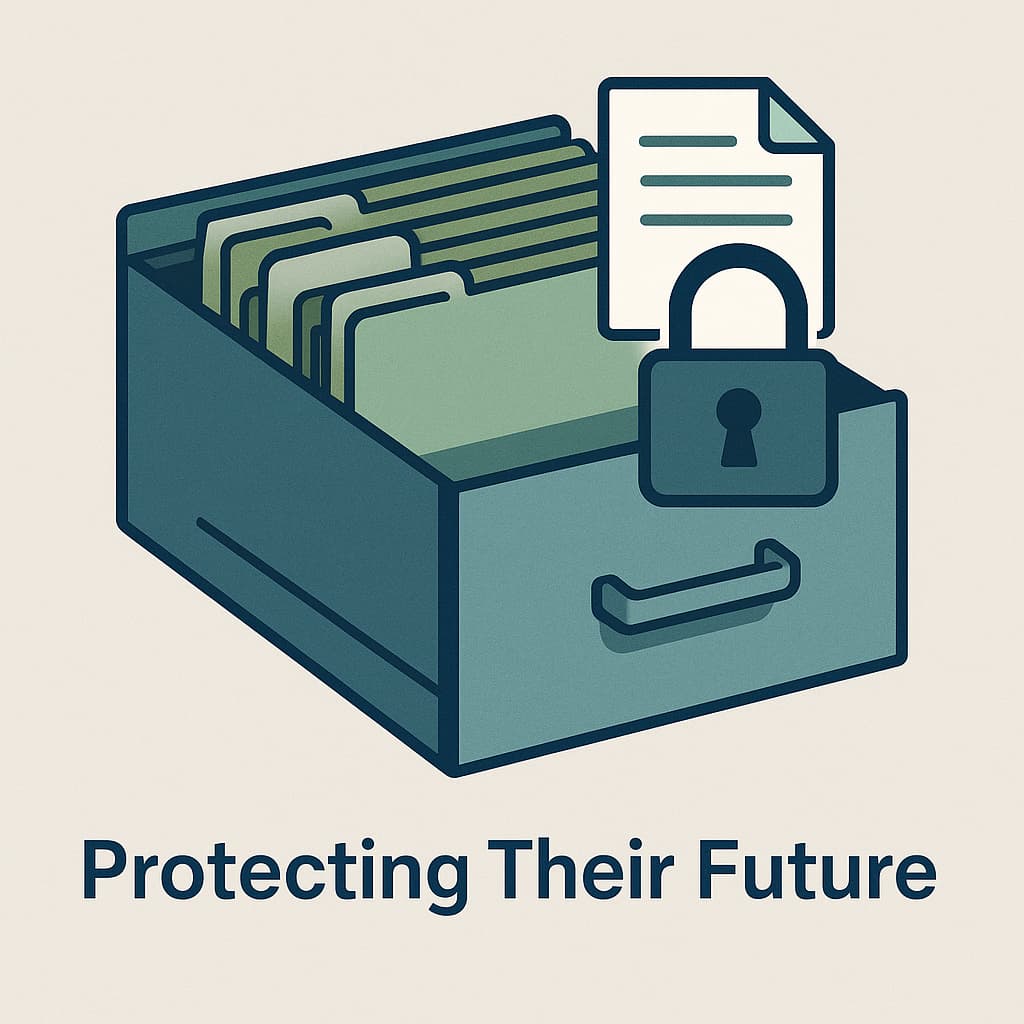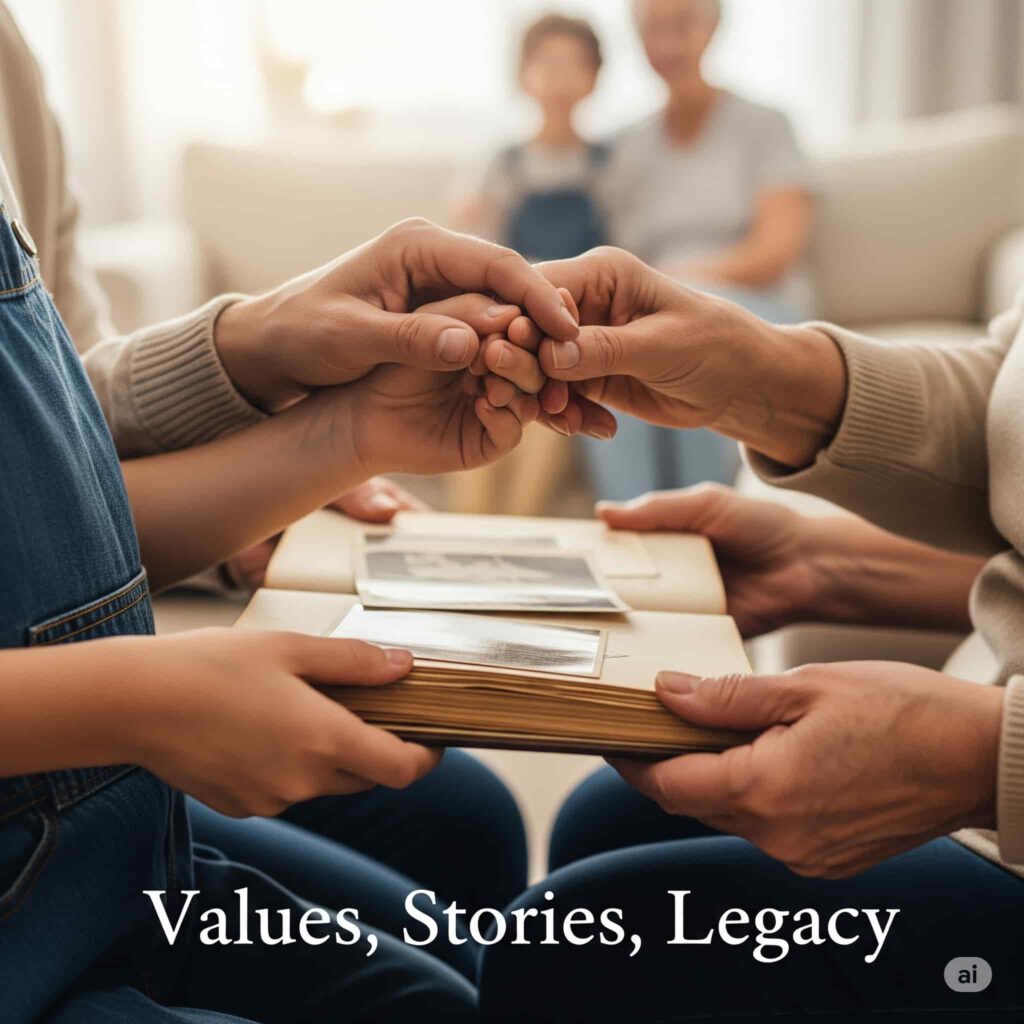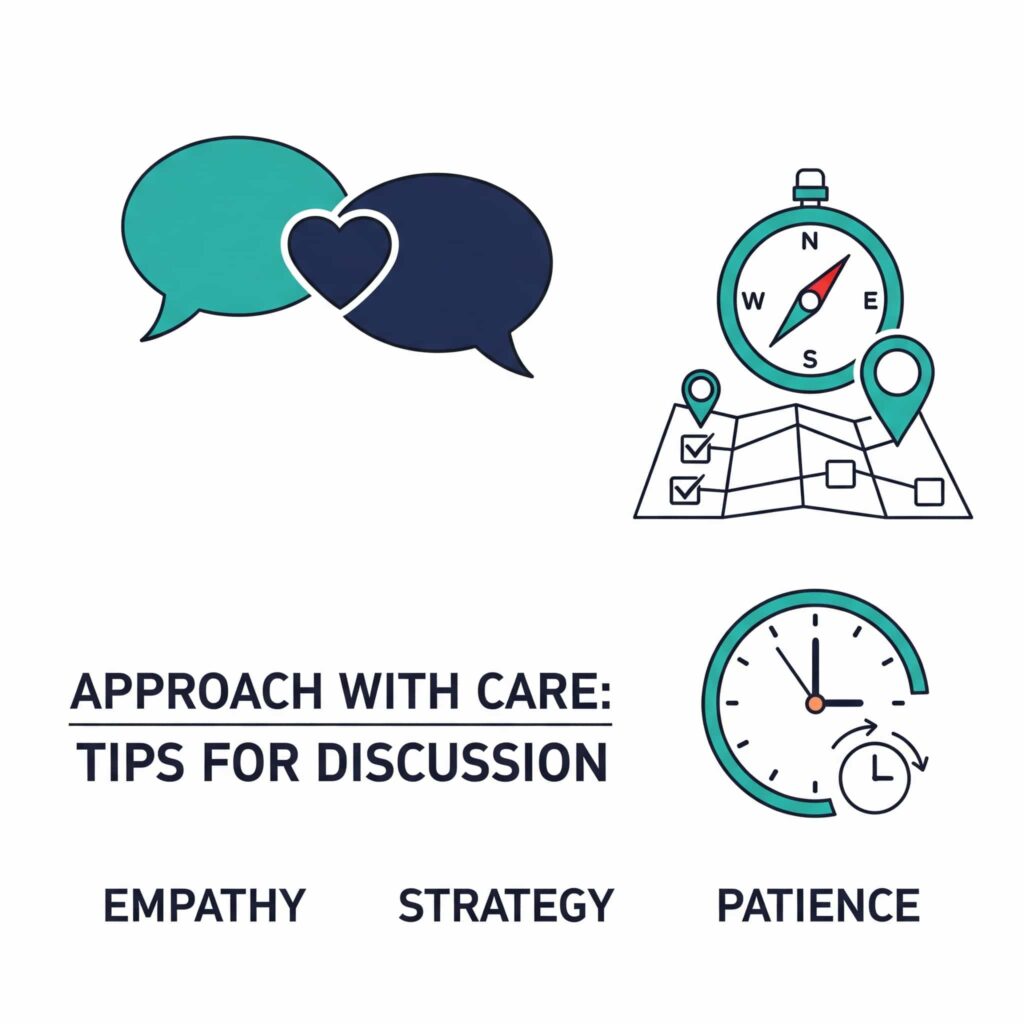Home Modifications for Seniors Aging in Place
Most older people want to stay in their own homes as they age. In fact, one national survey found 77% of adults over 50 prefer to “age in place” rather than move to a facility.
Some families explore assisted living at home to blend support with independence.
But our houses often aren’t built for older bodies. Only about 10% of U.S. homes have step-free entries, a bedroom on the first floor, and basic bathroom accessibility features.
For context, browse recent aging in America stats that highlight how needs and housing often clash.
This mismatch leads to accidents: roughly one in three adults over 65 falls every year, and about two-thirds of those falls happen at home.
Falls are no joke – they cause tens of thousands of deaths and huge medical bills. The CDC reports that falls in older adults lead to about 32,000 deaths and $50 billion in costs each year.
Our goal is to make home life safe and easy, so Grandma or Grandpa can keep their independence without turning the house into an obstacle course.
This article covers all expert recommended home modifications for seniors aging in place.
CONTENT:
Why Home Safety Matters
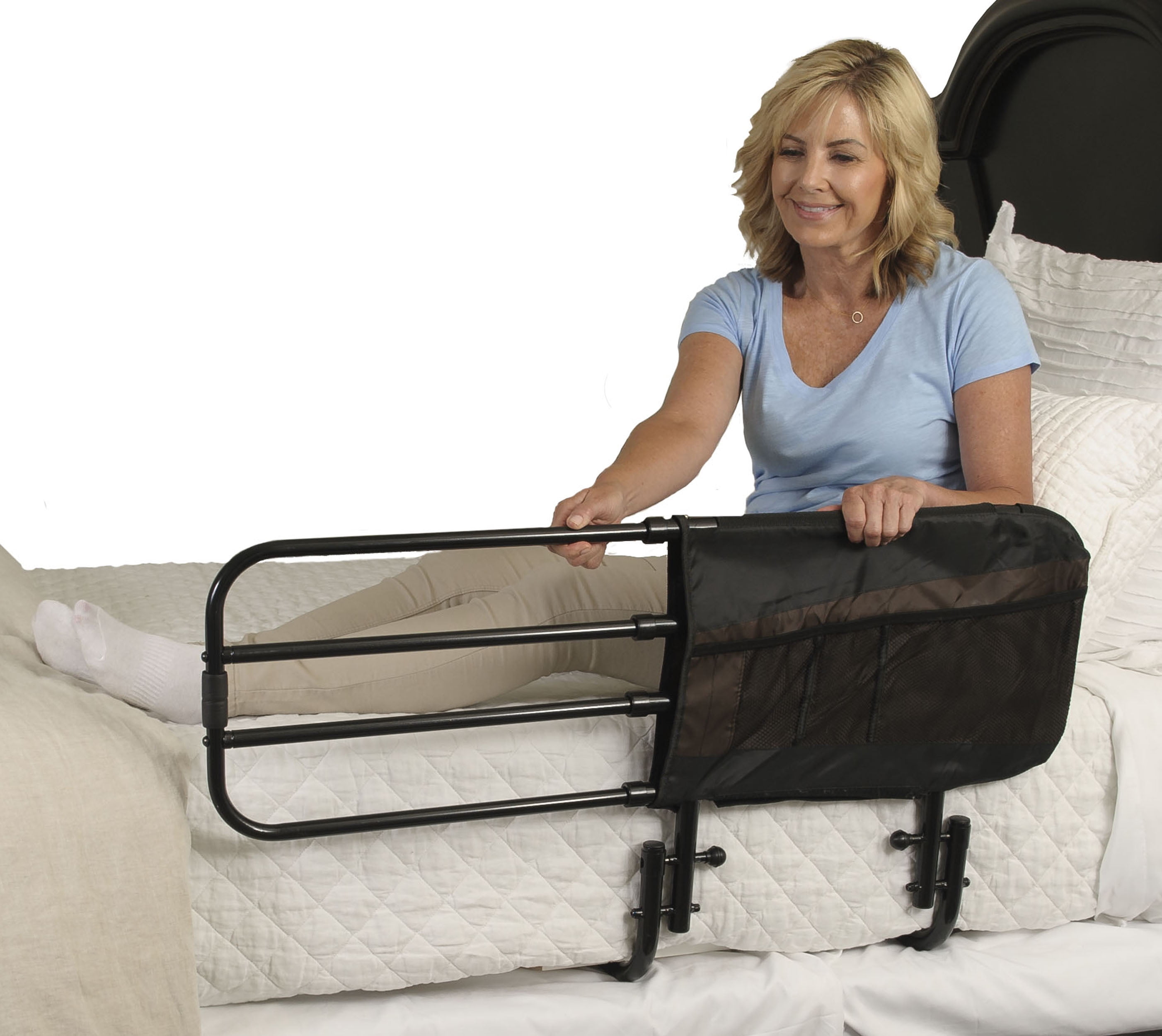
Every day activities can be risky when joints stiffen or balance shifts. A wet bathroom floor, a loose rug, or a steep step can lead to serious injuries. For example, even a simple grab bar in the shower can prevent a catastrophic fall.
Installing grab bars (typically $25–$80 each) gives someone a solid grip. In one anecdote, an older person said a grab bar “saved my life” on a slippery day.
Good lighting is another cheap fix – adding night-lights or brighter bulbs helps vision and almost literally lights the way.
Clearing clutter or rearranging furniture makes walking paths wider and safer (and might even free up space for a silly cartwheel, though we don’t advise actual gymnastics!). These changes cost little but make big differences.
Why invest in modifications? They can prevent injuries that harm health and cost money. Studies show thorough home modifications significantly reduce falls and fall-related injuries.
In one review of nearly 2,000 older adults, a set of home safety changes cut the overall fall rate by about 7%. Other research found strong evidence that home adaptations lower both the rate and risk of falls among elders.
In plain terms: adding handrails, non-slip mats, shower chairs, and similar fixes really pays off. Less falls means fewer broken hips, hospital trips, and worries.
It even helps keep elders living safely at home longer. Home modifications can reduce the chances of entering a nursing home by about a quarter.
In sum, spending a few dollars now can save much more in vet bills (ok, medical bills) later, and keep loved ones comfy at home.
Need help finding a caregiver for your Loved One?

Find My Caregiver Today
Common Home Modifications for Aging in Place

Here are some easy, effective changes to make a house safer and more livable for an older person. Each item is active and has helped many seniors stay independent.
Modifications Throughout the House
- Good Lighting Everywhere.
Falls often happen in dim light. Add bright bulbs and multiple lights in every room.
Put a night-light or motion-sensor light along the route from bedroom to bathroom.
Night-lights and lamps cost about $5-$30 for plug-in lights or LED puck lights. Under-cabinet lights in the kitchen and lamps by chairs can illuminate confusing corners. Lighting costs next to nothing for its peace of mind.
- No-Slip Flooring.
Remove loose rugs or secure them with non-slip backing. Bathroom floors get wet, so put non-slip mats or apply traction stickers.
In kitchens and hallways, consider slip-resistant tile or vinyl. It’s like giving the floors sticky sticky feet to prevent surprise slides. A simple bathmat or traction tape on the tub floor costs less than $15.
Lever-Style Handles and Easy Faucets.
Replace round doorknobs and faucets with lever handles that turn with a wrist or elbow, not a tight grip.
Change bathroom faucets to single-lever taps or lever handles so the senior can turn water on/off smoothly. These little swaps cost about $10-$50 each and make daily chores doable even with arthritis in the hands.
Bathroom Modifications for Seniors
The bathroom is the riskiest room.
- Grab Bars and Supports.
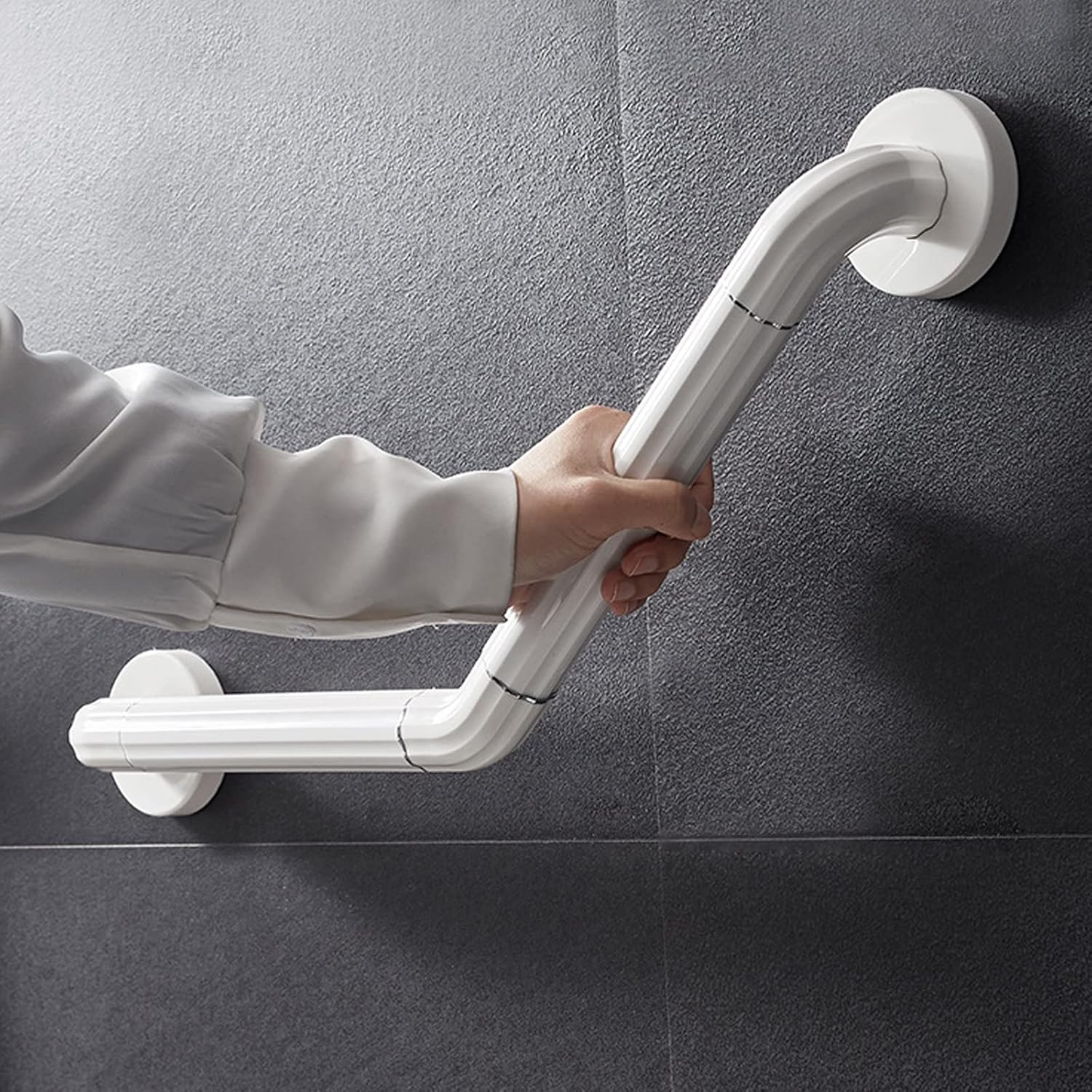
Wall-mounted grab bars near the toilet and in the shower let a senior pull themselves up with confidence. These bars cost about $25-$80 each and are small investments compared to a hospital stay.
Installation is usually $50-$150 extra per bar if you hire a professional. A shower chair or bench ($25-$100) lets someone sit safely instead of standing the whole time.
Pair it with a handheld showerhead (~$60) to easily reach all angles.
- Raised Toilet Seats and Bidets.
Sitting down and getting up is easier with a raised toilet seat, some of which have built-in arms to hold onto.
A simple raised ring is just a few tens of dollars, typically costing between $20-$50. For extra comfort, a bidet attachment improves hygiene without strain.
Our grandparents might chuckle, but these make life a lot easier.

- Curbless Walk-in Shower.
For a bigger upgrade, a curbless walk-in shower removes the step-up entirely. Starting around $2,000, yes it’s pricey, but for someone who plans to stay home for years, it’s a wise investment.
All these make showering and bathing assistance feel like a spa trip – safe and dignified.
Bedroom Modifications for Seniors
Ensure the bedroom has rails or grab handles by the bed to help stand up or sit down. Place nightlights within reach of the bed and ensure the path to the bathroom is clear.
An adjustable bed can raise the head or knees, and while those can cost several hundred dollars (a basic model is $1,000+), they help with getting up.

Kitchen Modifications for Seniors
In the kitchen, make sure frequently used items sit at waist to shoulder height – no more climbing or bending dangerously. Pull-out drawers or lazy-susan shelves keep reach easy.
A stool on wheels can allow seated cooking. An electric can opener and easy-grip utensils reduce strain. As with the bathroom, good lighting and clutter removal are key here too.
Entrances and Stairs
- Stair Safety.
If the home has stairs, make sure solid handrails run on both sides. If steps are steep or the person has balance issues, a stairlift can be a lifesaver.
Standard straight stairlifts usually run a few thousand dollars, with most straight-run stair lifts costing $3,000-$5,000 on average.
Curved staircases jump to $10,000+. Carpet or rough treads on the stairs provide grip underfoot. Pair stair safety with stable walkers for balance to reduce fatigue between rooms.
- Small Ramps.
If there’s just one or two steps at the entrance, a small ramp beats that tripping hazard. Some ramps can be built for a few hundred dollars.
For daily movement, consider safe walking aids that support balance indoors and outside.
A basic wood or metal ramp can start around $500 for a few feet of length. Longer or custom ramps can run into the thousands.
If your parent struggles to walk, start with clear routes in and out of the home, then build comfort room by room.
Need help finding a caregiver for your Loved One?

Find My Caregiver Today
Other Home Safety Measures
- Emergency Alert Devices.
While not a “modification” of the building itself, a medical alert system (pendant or wrist button) provides extra safety.
It’s inexpensive (some plans cost around $15-$25 per month) and instantly connects a senior to help if they fall or get stuck. Think of it as an invisible butler on call.
Beyond pendants, explore smart safety tech for reminders, sensors, and voice control.
Keep perspective: a single fall can easily cost tens of thousands. For example, the CDC notes fall cost about $50 billion each year.
Even one ER visit or a broken hip bill often exceeds $30,000. So, spending a few hundred or a few thousand dollars now can avoid far greater costs (and pain) later.
Funding and Help Options
The good news is there are lots of programs to help pay for these changes. Don’t feel you have to do it all out-of-pocket. Here are some options:
- Area Agencies on Aging (AAA):
Every county has an AAA (call 1-800-677-1116 to find yours). These local agencies coordinate services for seniors. They often have lists of home modification grants or loans in your area.
They may even send a handyman or nonprofit volunteer to install low-cost items like grab bars or lighting. (Under the federal Older Americans Act, funds flow to AAAs which may cover home modifications.)
- Centers for Independent Living (CIL):
These are nonprofit organizations (often state- or community-funded) that help people with disabilities live at home.
Many CILs offer small grants or can loan money for home mods. They also provide free advice – they know exactly whom to contact for ramps or rails.
- Veterans’ Benefits (if applicable):
If your loved one is a veteran with a disability, the VA has generous grants. The Specially Adapted Housing (SAH) grant can pay up to $90,364 (2020 level) for major home renovations or even helping buy an adapted home.
The Special Home Adaptation (SHA) grant offers up to $18,074 for home modifications. (There are also temporary lodging grants and smaller grants for bathroom/kitchen changes.) Call the VA or visit VA.gov to apply.
For a non-veteran spouse or family member living together, sometimes SHA applies too.
- Medicaid Waivers:
Many states have Medicaid Home- and Community-Based Services (HCBS) waivers. These programs let states use Medicaid dollars for in-home services instead of nursing homes. Home safety modifications (called “environmental modifications”) are often covered under such waivers.
Contact your state Medicaid office or local caseworker to ask about “home modification” under Medicaid. (Warning: standard Medicare will not pay for home modifications. It only covers certain medical equipment, not structural changes.)
- USDA Rural Development Loans and Grants:
If you live in a rural area, the U.S. Department of Agriculture (USDA) offers the Section 504 Home Repair program. It provides loans up to $20,000 (at 1% interest) or grants up to $7,500 for very-low-income homeowners to fix health and safety hazards.
Applicants must be 62 or older (for grant) and income-qualified. These funds can cover accessibility mods. (There’s also a Section 533 grant for non-profits to fix homes, and other local USDA programs for senior housing rehabilitation.)
- Weatherization Assistance:
The U.S. Department of Energy’s Weatherization program (administered by local community agencies) improves energy efficiency for low-income seniors and includes certain safety repairs.
For example, they might replace flooring or step treads to prevent falls, or add insulation and ventilation. Eligibility is income-based. It’s a free program – worth asking about at your local human services office.
- State and Local Programs:
Many states have special accessibility grants. For example, Maryland offers an “Accessible Homes for Seniors” program for eligible residents.
Rebuilding Together (a national nonprofit) and similar groups often have volunteer labor for ramp-building or weatherization. Contact your city or county housing agency or senior services department. Even local churches or Rotary Clubs sometimes help seniors with repairs.
- Loans and Tax Tips
Also, you may qualify for a federal tax deduction for medical home improvements if prescribed by a doctor. Check IRS rules or talk to a tax advisor.
Use a long-term care calculator to estimate future costs while you plan home changes.
- Insurance and Other:
Regular health insurance and Medicare generally do not cover home fixes. However, if the modification is deemed “medically necessary,” some long-term care insurance plans might pay; it’s worth calling the provider.
Contact your loved one’s insurance plan to ask. Finally, encourage family, friends, and neighbors to help – a little community work party can install grab bars or move furniture as a gift of care.
Here’s a handy way to think of funding: Ask the experts. A local social worker, geriatric care manager, or staff at your Area Agency on Aging can connect you to programs.
Use the Eldercare Locator (at eldercare.acl.gov or call 800-677-1116) to find local resources. Don’t be shy – many seniors have gotten big grant money with just a phone call.
Putting It All Together
Home modifications let our loved ones stay independent, confident, and safe. They may also keep more money in our pockets: every dollar spent on prevention can save many more on healthcare and assisted living costs.
Remember, a few hundred dollars on grab bars and slip mats can avert a thousand-dollar hospital bill. And a $2,000 curb-less shower might prevent a broken bone and the grief that comes with it.
Start with a simple walk-through of the home: look for any steep steps, slippery floors, or dark corners. Add one or two easy fixes today (like night-lights and grab bars). Print a caregiver daily checklist to track small safety wins each week.
Tackle bigger projects as you go – maybe one per year – so the changes don’t overwhelm anyone’s schedule or budget.
And keep the humor! When making changes, we often joke that “we’re turning granny into an action hero with all these railings.” But really, it is heroic to make a home safe and welcoming.
At the end of the day, the goal is love and peace of mind. You’ll sleep better knowing your mom or dad can move around without fear. They’ll thank you for helping them stay in the place they cherish. And you’ll probably enjoy having them happier and more comfortable at home, too.


